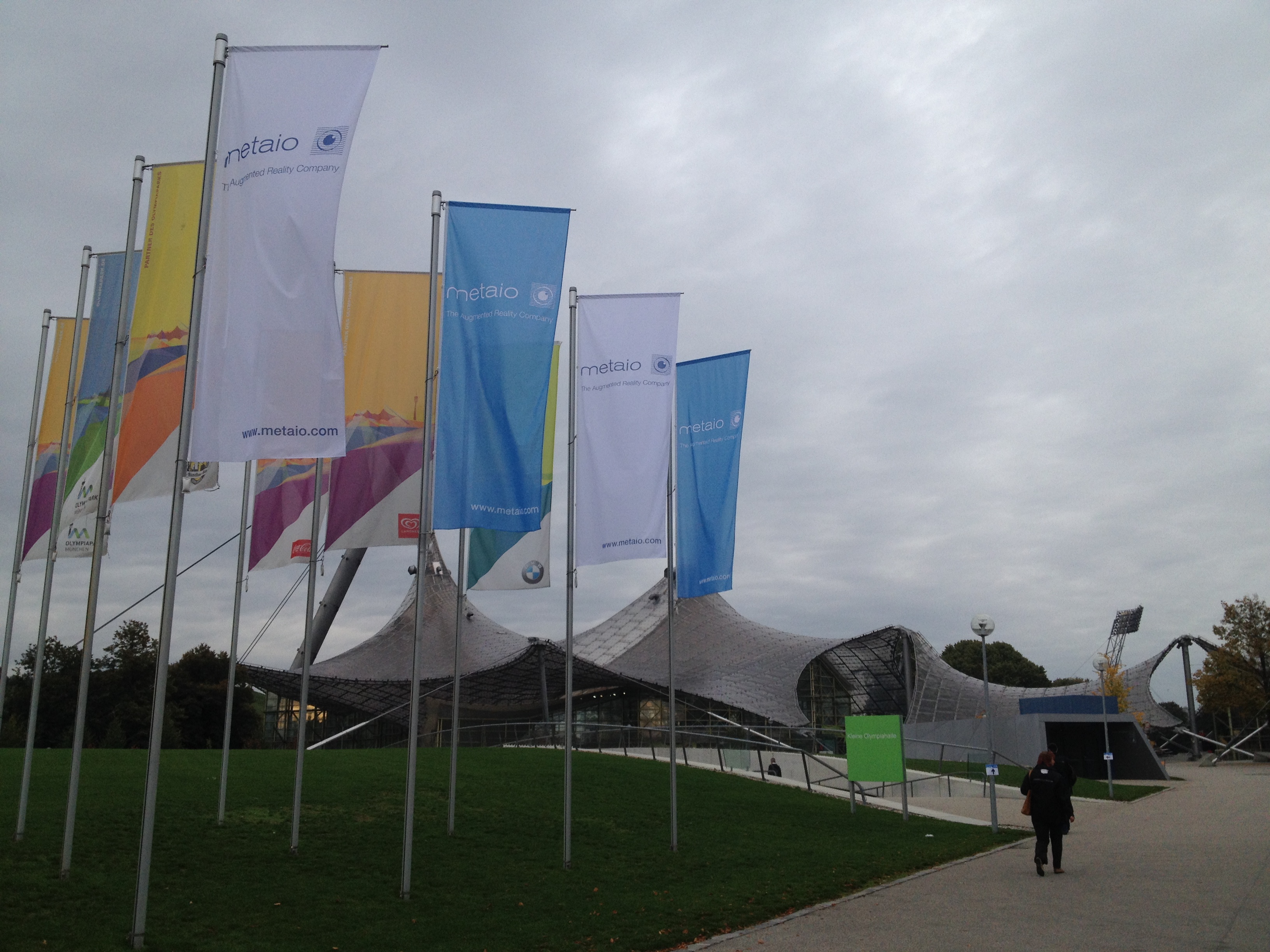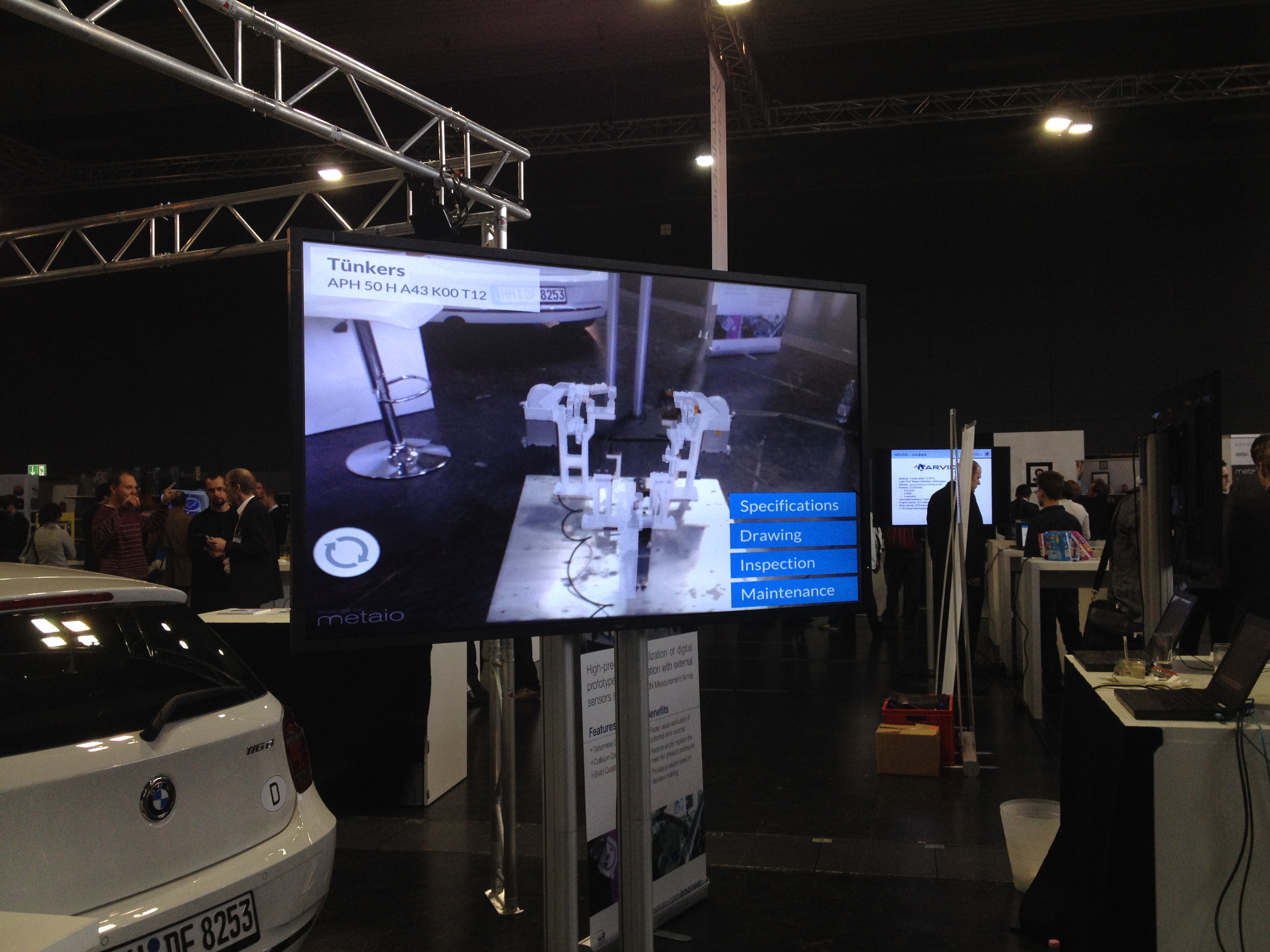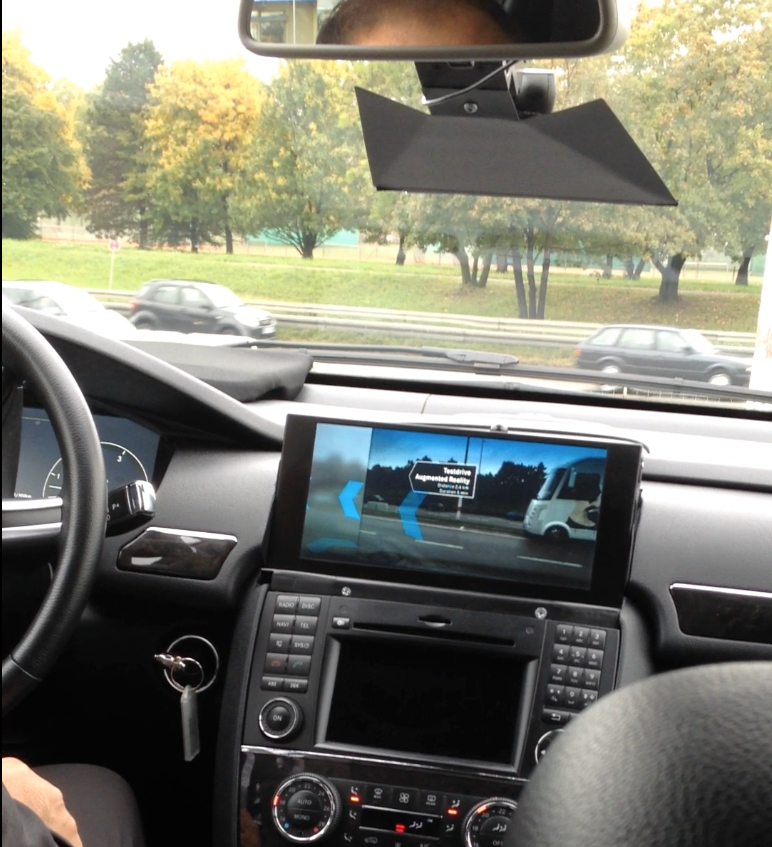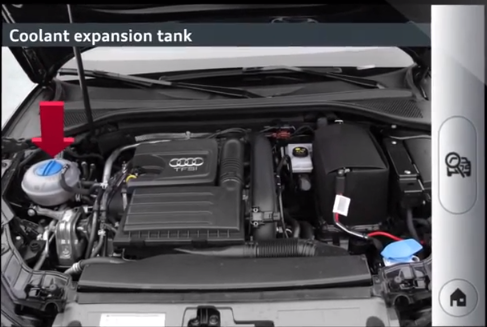 insideAR is one of the biggest AR conferences in Europe showcasing the latest developments in industry, advertising, marketing and education. It was the first time I had been to the conference and I was pleasantly surprised to see how far AR has evolved in the last year, both in terms of software functionality and real use cases. I was also more confident that the previous limitations that have stunted AR’s early uptake (unstable tracking, practical applications, shallow user experiences) were slowly starting to be addressed.
insideAR is one of the biggest AR conferences in Europe showcasing the latest developments in industry, advertising, marketing and education. It was the first time I had been to the conference and I was pleasantly surprised to see how far AR has evolved in the last year, both in terms of software functionality and real use cases. I was also more confident that the previous limitations that have stunted AR’s early uptake (unstable tracking, practical applications, shallow user experiences) were slowly starting to be addressed.
From the opening keynote sessions from Metaio about their new functionality with the tagline “Always on, always augmented”, it was both enthralling and entertaining. I was particularly impressed with the demonstration of Junaio “Mirage”, transferring their location based software onto Google Glass.
To manage expectation, they were quick to point out that presently, battery life is a massive issue with wearable devices, Google Glass lasting only 15 minutes in AR view. One of the other main problems with glass based devices is user interaction, having to connect with a smartphone to do this seems to be counterintuitive. Metaio seemed to have partially solved this issue by allowing the wearer to use a crosshair controlled by head movement to select items on stage such as POI’s.
On the exhibition floor there were numerous examples of how AR had increased business efficiency and increased sales. The IKEA catalogue is distributed across the world (220 million copies), the AR app allows users a view into how furniture would appear in their homes and in less than a year over 700000 users have interacted with their app. This is in response to a survey of their customers stating that 14% have bought items that did not fit into their home. Next year, they are hoping to launch further enhancements allowing customers to use AR as an interactive instruction manual. I for one will welcome a more visual approach to assembling flat pack furniture having struggled with indecipherable printed instructions in the past.
Perhaps the most exciting innovation as an AR developer was the new edge based tracking using CAD 3d models. Tracking has traditionally been one of the biggest challenges in object driven AR, environmental conditions (lighting, reflections, shadows etc.) can seriously deteriorate the user experience. Edge based tracking (as seen in the above image) uses a 3d model of the object to calibrate the physical objects position, determining the match without being limited to textural features. It is incredibly robust and I can envisage it being more effective in practical situated learning such as in clinical skills labs and workshops where light is always an issue.
Mitsubishi Electric were integrating this functionality with their new meVIEW app for air condition service technicians to assist in their service tasks and new product lines released. It has had immediate impact reducing call centre volume, engineer training costs leading to more satisfied customers.
For continuing personal development this is a major breakthrough, imagine being able to combine traditional specialist face-to-face training with independent AR supported learning on the latest product developments reducing expensive overheads, giving employees the security and confidence to develop and reinforce their skills.
I was fortunate enough to test drive the latest Mercedes driver assist AR technology around Munich. Although still in its infancy (issues exist related to displaying “real time” data) it was mind-blowing to see how the next generation of cars could use AR to improve their driving experience.
Both Audi and BMW were also in attendance demonstrating AR in maintenance situations for both engineers and the average driver. Functionality included being able to identify the model of the car from the bonnet, then providing visual overlays helping a owner add washer fluid, identify engine components or change the oil.
Travelling home, my overarching impression from insideAR was that it confirmed my belief of the vast potential of AR in education, reinforcing my opinion that it could help students overcome challenges that currently existed in support based learning particularly in practical subject areas. Now, more than any other time, there exists an opportunity to work with students and academics to provide effective and valuable AR experiences, moving past the conceptual to incorporate them into everyday learning with clear tangible benefits.







Reblogged this on Apparmo.